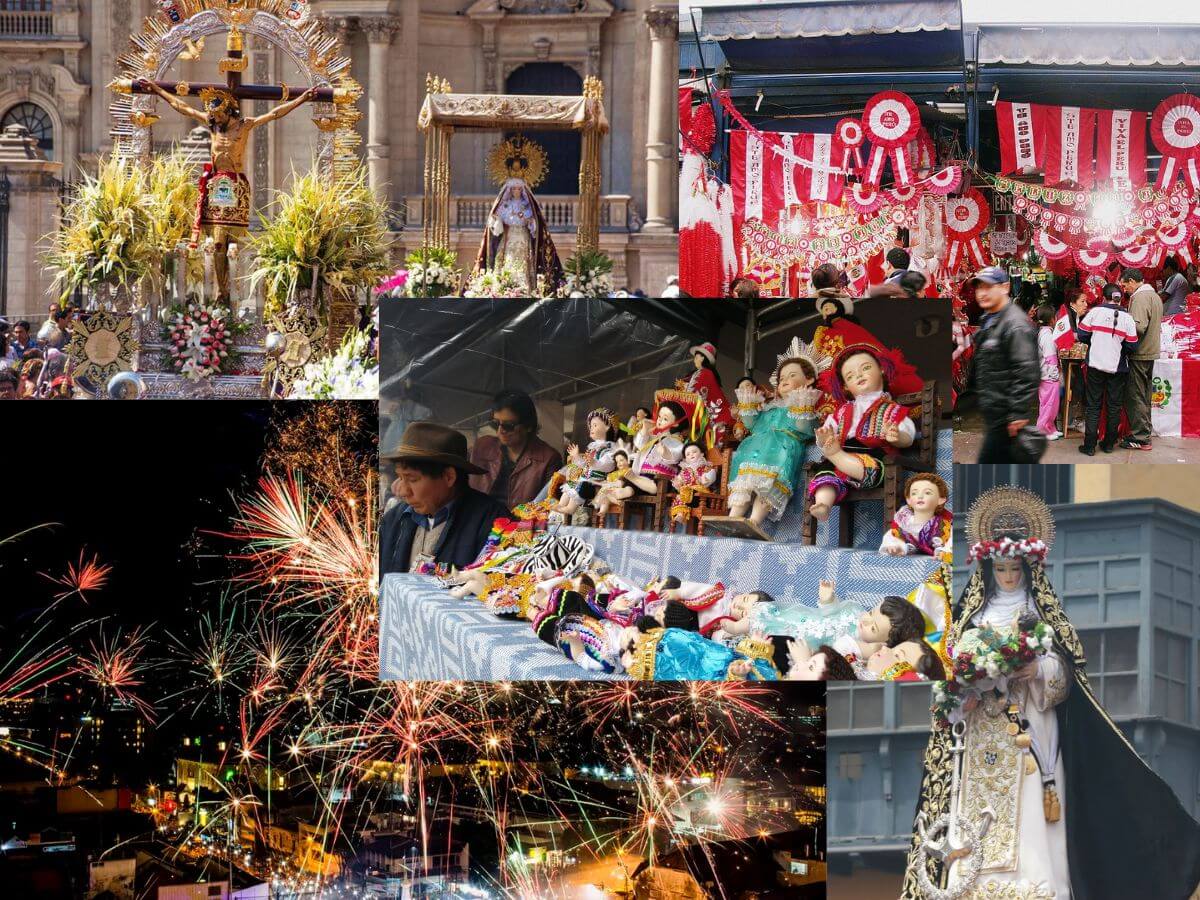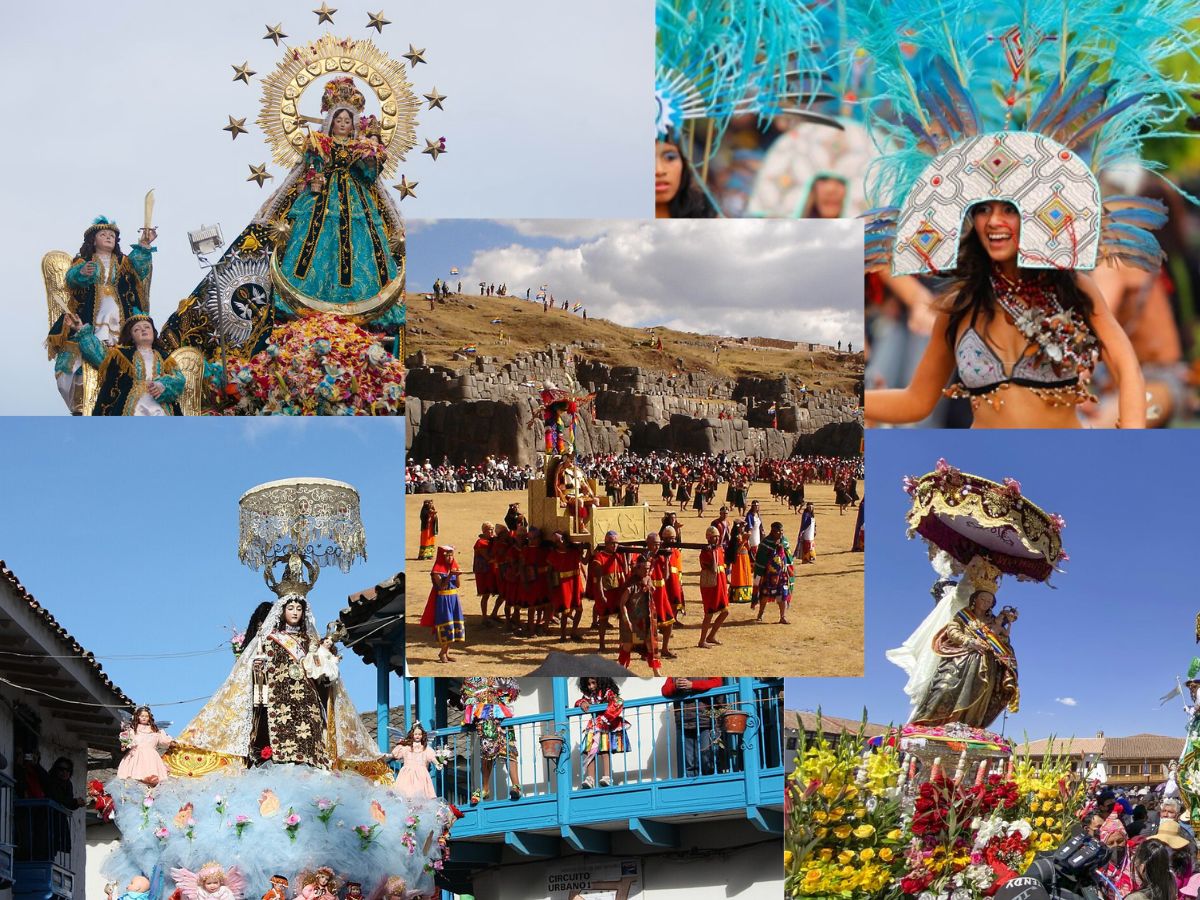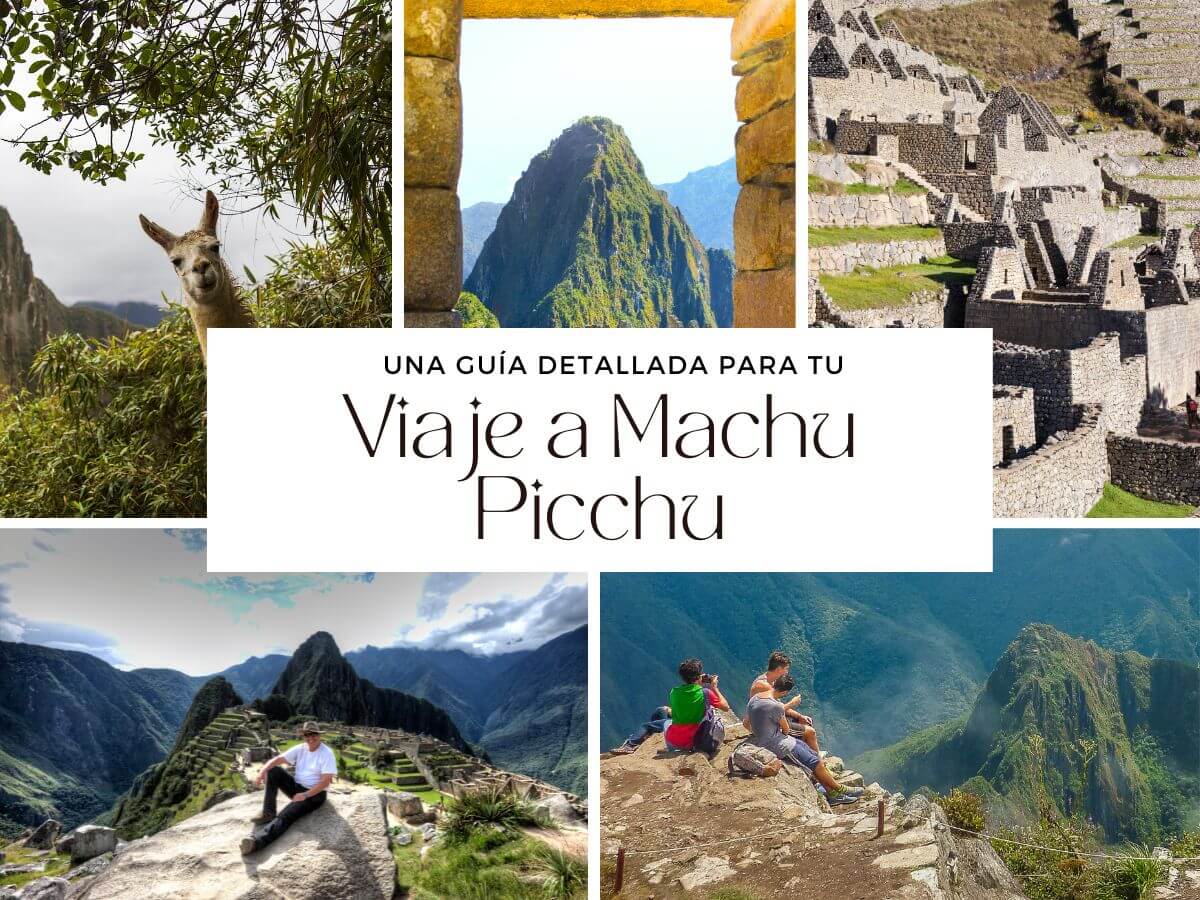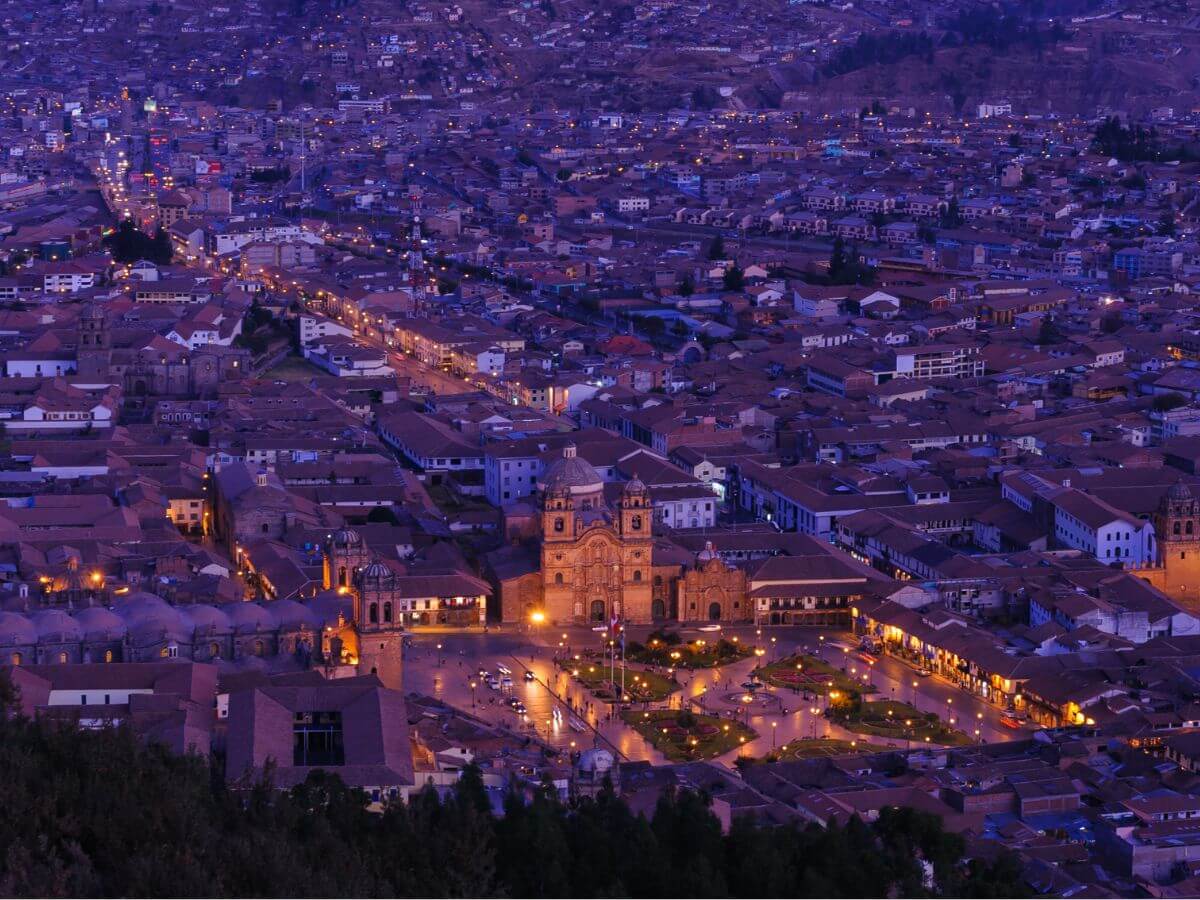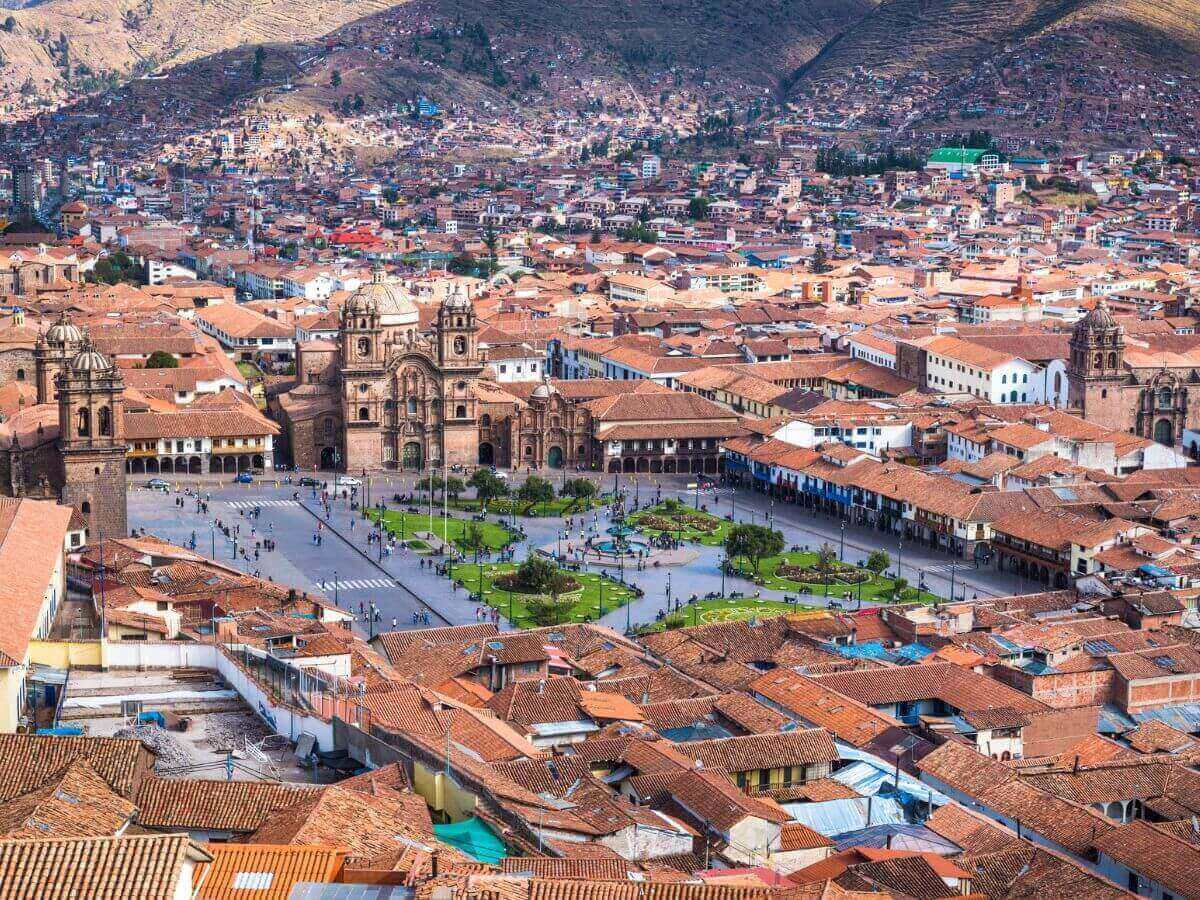Pisac, the Archaeological Park of the Incas

The Sacred Valley of the Incas is known by tourists from different parts of the world for its cultural and architectural wealth. Pisac is an archaeological park that is a short time from the city of Cusco, full of cultural traditions and crafts that its inhabitants still transmit, without a doubt, this is one of the tourist attractions that the imperial city of Cusco brings to you.
Here we leave you all the information you need to know to make your next trip to this unique destination.
| Pisac Perú | |
| Location | Province of Urubamba 41 km from Cuzco |
| Distance from Cusco | 1 hour by car |
| Cost of tickets | Included in the Partial Tourist Ticket for 70 soles. |
| Weather | Dry temperate |
| Activities | Walk through the handicraft market, tour the archaeological center of Pisac, and enjoy the local gastronomy. |
Pisac, history, and important data
The archaeological park of Pisac, located on the mountain of Cerro Apu Inti Huatana, is located in the town of the same name, 30 km from the city of Cusco in the province of Calca. Today, it is known as an astronomical observatory.
Its imposing ruins make it one of the important Inca jewels inherited by the Inca Pachacutec. The town of Pisac is 2,950 meters above sea level, while the archaeological ruins are about 3,300 meters above sea level.
According to historians, in the 16th century, Pisac was invaded by the Spanish, causing the inhabitants to flee. From that invasion, the main monuments of this archaeological site were damaged, while the Inca cemetery was destroyed and looted.
It is divided into 2 zones, the old one, located in the upper part, is an Inca archaeological site, and the current one, located in the valley, dating from the colonial era. The main square of Pisac is a place full of colors and with various handicraft items for sale.
Along with Cusco and Piquillacta, Pisac closes an equilateral triangle of 33 kilometers on each side, precisely, it is believed that in the time of the Incas, This archaeological center was planned to protect the city from possible attacks by its enemies.

When was the Pisac district created?
Officially, the district was created on June 21, 1825, by a decree issued by the Liberator Simón Bolívar.
What does the word Pisac mean?
It comes from the Quechua word pisaq or p’isaqaq, which means partridge or bird, the same shape as the area for which it is very characteristic.
In addition, this term has a special importance, because it refers to spirituality, with the mystical, with the spiritual values that the human being develops.

Pisac
What to see in the archaeological park of Pisac?
The Inti Huatana
The Intihuatana is considered the Temple of the Sun in Pisac Peru, because it served as an astronomical observatory in Inca times. The fineness of its carved rock walls agrees perfectly with the sun’s birth, on the June solstice (arrival of winter).
The Quechua word intihuatana, translated into Spanish, means “Sun Clock” and is located at the top of the mountain.

Intihuatana Pisaq
City of towers
Its construction fulfilled the function of water channels, the same ones that continue to exist today. Likewise, approximately 20 towers were built on the edges of the mountain.

The Enchanted Ñusta: Local Legend
The Andean legend tells that the chief Huayllapuma of Pisac had a daughter named Inquill Chumpi, she was obliged to marry a prince who had the strength to build a bridge in a single night.
The possibility of building this road was absurd because it was a very difficult task. After declines from many possible boyfriends due to the difficulty of this building, one day Prince Asto Rímac appeared asking for the princess’s hand.
Falling in love with each other, he began the construction of the bridge. However, Inquill Chumpi had to climb the hill without turning around until his lover finished, otherwise they would both be turned to stone.
After hours of work, just missing to finish the bridge, the chief’s daughter turned worried to see her fiancé. Faced with this disobedience, both were turned to stone to this day.
The traditional market of Pisac
The Pisac market is located in the current town of the same name. In the market, you will find endless handicrafts, textiles, traditional food and native products brought from high Andean communities of the Sacred Valley.
This craft market is located in the church square, you will easily find it by the large bell tower that the church brings.

How to get to Pisac from Cusco?
This town is located 1 hour from the city of Cusco. To get to this amazing place, you must follow the road that leads to Sacsayhuaman, through public transport that you will find on Puputi Street through the Historic Center of the city of Cusco.
Once you have arrived at the town of Pisac, you have two options to get to the archaeological park, one of them is taking a walk of approximately 1 hour 30 minutes, and another option is to use public transport (30 minutes).
This picturesque town presents us with a challenge for the future of the new generations, to establish a city that preserves its cultural identity based on the principles of our ancestors.
Frequent questions
How much does the trip from Cusco to Pisac cost on my own?
If you want to go to Pisac on your own, you must take public transport (minivan) on Puputi Street, located just 15 minutes from the city center. This trip costs 6 soles and takes approximately 1 hour.
Can I walk up from the town of Pisac to the archaeological site?
yes, the walk will approximately take you almost 1 hour.
Where to buy the Cusco Tourist Ticket?
You can buy the Cusco Tourist Ticket on Avenida El Sol 103, or at the entrance of the archaeological center.
Where to buy a tour of Pisac?
You can purchase a tour of Pisac and the entire sacred valley here.
How long does it take to tour the entire archaeological site?
The Pisac archaeological site is huge. Going through all its neighborhoods, buildings and roads can take 2 hours or even more.
Is the visit dangerous?
No, the archaeological site of Pisac has well-defined paths with notices for tourists.
Is Pisac open all year?
Yes, the archaeological site remains open to tourists every day of the year except in cases of emergencies (natural disasters, strikes, etc.).
At what time is it recommended to visit it?
We recommend that the visit can be made between May to October, which is the dry season (there is not much rain).
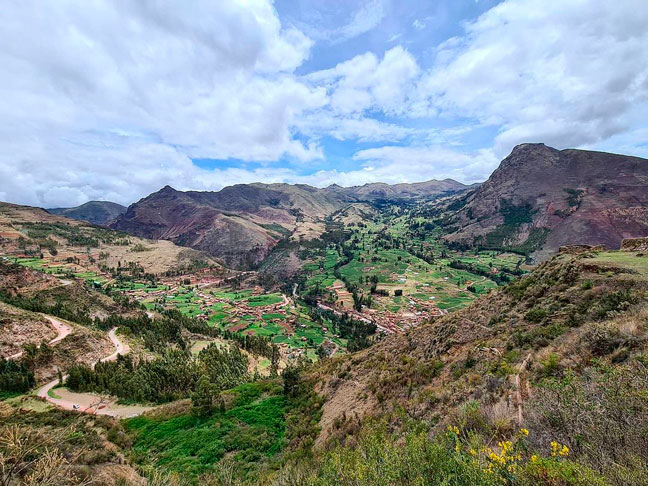
Today, with the support of our country and our brothers around the world, our enigmatic and eternal archaeological park of Pisac, the inti Huatana, after the Sanctuary of Machu Picchu, is recognized as a wonder of Peru and the world.
Visit this and other amazing places in Cusco with the excursion to the Sacred Valley of the Incas offered by Machu Picchu Peru Tours.
Explore more tourist destinations and facts about Peru in our travel blog and plan your next trip with us!










